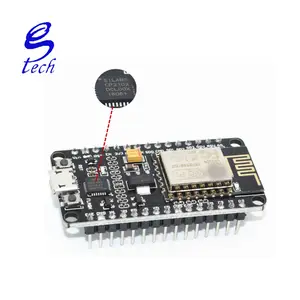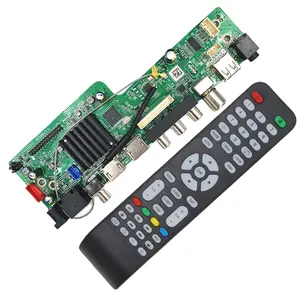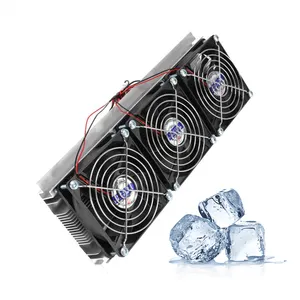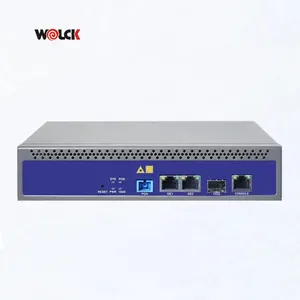Popular in your industry









































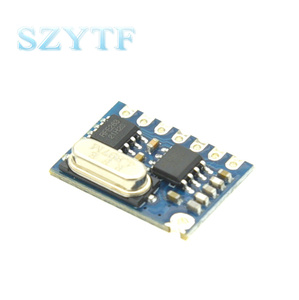




























Related Searches:



























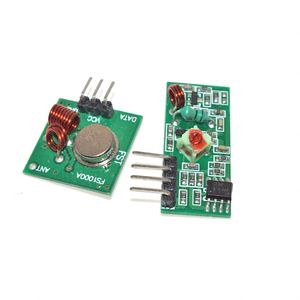





























Top categories
About 315m wireless transceiver module
Introduction to 315MHz Wireless Transceiver Modules
The 315MHz wireless transceiver module is a pivotal component in the realm of wireless communication, operating within the 315MHz Industrial, Scientific, and Medical (ISM) band. These modules are designed to facilitate short-range wireless data transmission and are widely utilized in various applications such as remote control systems, telemetry, and security systems.
Types and Configurations
Diversity in types and configurations of 315MHz RF modules caters to different technical requirements. Common variants include basic transmitter or receiver units, as well as complex transceiver modules capable of both actions. The choice of module depends on the intended application and the required range, data rate, and power consumption.
Applications and Uses
RF transceiver modules operating at 315MHz are integral to numerous devices. Their applications span across garage door openers, automotive keyless entry systems, and wireless alarm systems. These modules are also embedded in industrial equipment for monitoring and control purposes.
Features and Materials
The construction of a 315MHz wireless module involves materials that ensure durability and efficient signal transmission. Features often include low power consumption, compact design, and the ability to operate under a wide range of temperatures, making them suitable for various environmental conditions.
Advantages of 315MHz Modules
Modules in this category offer several advantages, such as ease of integration into existing systems and low interference with other devices. The wireless transceiver modules at 315MHz are also appreciated for their balance between range and power consumption, making them an optimal choice for battery-operated devices.
Considerations for Selection
When selecting a 315m RF transceiver, it is crucial to consider factors such as the module's sensitivity, output power, and the intended application's specific requirements. Ensuring compatibility with the system's architecture is also essential for optimal performance.


